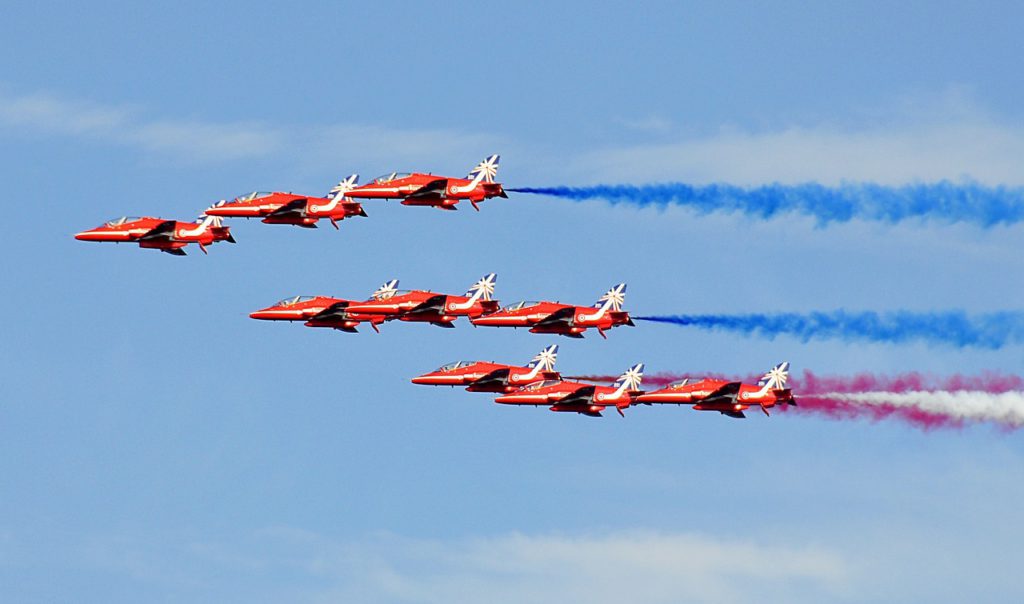What value does the military have for an organisation? World class, combat honed, and expansive skill sets in strategic planning, wargaming (competitor-on-competitor role play), competitive intelligence, leader development, rigorous standard enforcement, and innovation in execution are only a few of the cutting edge managerial skill sets that the military brings. Additionally, military veteran-to-CEO success stories such as Ken Hicks (Foot Locker), Bob McDonald (P&G), John Meyer (Acxiom), and Dave Grange (PPD) all credit military ethical foundations, decision making skills, practical leadership, and teamwork, and the focus of life-or-death situations that quickly developed them into decisive leaders focused on excellence, execution, and best-in-class performance.
For the organisation, the value of the military-to-organisation skill set transition comes when military skills and methodologies are translated into the context that creates the greatest value for the organisation. Just because it worked well in combat or worked well for a military organisation does not mean that it will do so for a civilian or commercial organisation. A military technique must constantly translate the language, context, framework, and effectiveness of the military skills to the organisation in which they now serve. Additionally, military skills must further be adapted to the organisation as that organisation transforms to position itself surrounding the factors of customers, competition, regulation, and other environmental influences. Just like combat, no environment, business model, or customer base is static — effective evolution is a must.
The military has a wide range of skill sets and proficiencies that business needs:
Intelligence: The military excels at systematic and ongoing analysis of competitors as well as how the operating environment influences the outcome and potential success of an operation. Additionally, a uniform, frequent, and ongoing intelligence effort provides a common competitive assessment to an organisation. In an organisation’s leadership, how many leaders have a common view of competitive threats? How often is the competitive analysis updated?
Planning and Preparation: The creation of a timely, comprehensive, and structured plan is the hallmark of military operational planning. Many organisations do this well. However, what most organisations lack is the creation of multiple contingency plans, the use of wargaming or competitor-on-competitor scenarios, and mission rehearsals to ensure a flawless execution.
Execution: This requires the ability to rapidly adjust and improvise when an operation does not go according to plan. The use of Commander’s Intent, a military planning and execution framework that describes the commander’s description and definition of success, is an essential tool when operating in a dynamic and chaotic environment. When a plan changes, military personnel rapidly adjust their actions using independent action and initiative to meet Commander’s Intent.
Team Leadership: The value of good leadership goes beyond the team being led. Good team leadership extends into leadership by example and positive role models that can inspire throughout the organisation.
Subordinate Development: The military uses a process known as the performance coaching session employed by the immediate supervisor of a military member to address what soldiers, marines, sailors, or airmen did well, what they need to improve, and the plan of action to make them a better overall contributor. This inherent subordinate development process is of extraordinary value for an organisation because it makes every employee in the organisation better.
Military veterans and military techniques, when applied properly to an organisation’s culture and business processes, can bring value to corporations, non-profits, non-governmental organisation, and educational institutions. All of these organisations can benefit in vast and immediate ways through the application of military skills to their operations.
We found this article on HBR by Chad Storlie.


 sending...
sending...